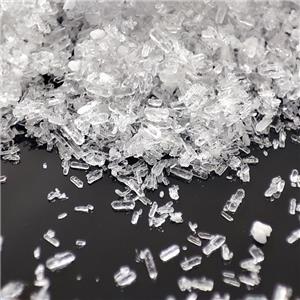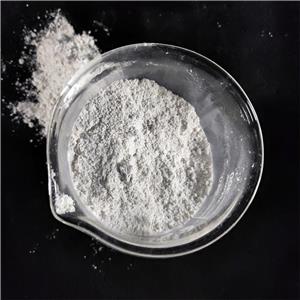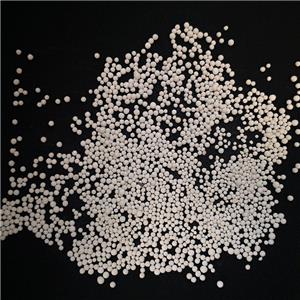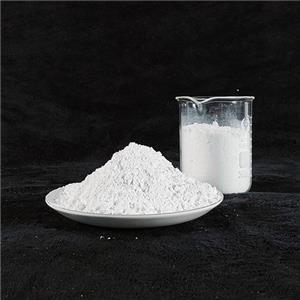The Use of Calcium Carbonate in Buildings
Calcium carbonate (CaCO₃) is a key material in the construction and building industries due to its abundance, versatility, and cost-effectiveness. Found naturally in limestone, marble, and chalk, calcium carbonate is widely used in various forms for construction purposes, both as a raw material and as an additive in manufactured products. Its properties make it an essential component for creating durable and sustainable building structures.
1. Cement and Concrete Production
One of the most significant uses of calcium carbonate in construction is its role in cement and concrete production. Limestone, which is composed primarily of calcium carbonate, is heated in kilns to produce lime (calcium oxide). Lime is a vital ingredient in cement, which, when mixed with water, sand, and aggregate, forms concrete. Concrete is one of the most important construction materials, used in the construction of roads, bridges, buildings, and other infrastructure due to its strength and durability.
Additionally, crushed limestone or marble (forms of calcium carbonate) is often added to concrete mixtures to act as a filler, enhancing the final product's structural integrity while reducing costs.
2. As a Building Material
Calcium carbonate in the form of limestone and marble is directly used as a building material. These stones are valued for their aesthetic appeal, durability, and ease of cutting and shaping.
Limestone: It is commonly used in the construction of buildings, retaining walls, flooring, and cladding. Its natural appearance and ability to withstand weathering make it a popular choice for exterior construction.
Marble: This polished form of calcium carbonate is prized for its beauty and is often used for flooring, countertops, wall cladding, and decorative elements in high-end architecture.
3. Plaster and Lime Mortar
Calcium carbonate is an essential component of lime mortar and plaster, which have been used in construction for centuries. Lime mortar, made by mixing lime (derived from calcium carbonate) with sand and water, is used for binding bricks and stones in masonry. Lime plaster, on the other hand, is used for finishing walls and ceilings, providing a smooth and durable surface.
4. Soil Stabilization and Road Construction
In road construction, calcium carbonate is used for soil stabilization. Lime derived from calcium carbonate is mixed with soil to improve its strength and stability, making it suitable for supporting roads and other heavy infrastructure. Crushed limestone is also widely used as a base material for roads, providing a stable foundation.
5. Environmental Applications in Buildings
Calcium carbonate plays a role in sustainable building practices by helping reduce the environmental impact of construction. For example:
Carbon Capture: Calcium carbonate can be used in processes to capture carbon dioxide (CO₂) emissions during cement production.
Recycling: Crushed concrete and building debris containing calcium carbonate can be reused in new construction projects, reducing waste and conserving resources.
6. Decorative Uses
Marble and other forms of calcium carbonate are often used for decorative purposes in buildings. Their natural patterns, color variations, and polished finishes make them ideal for interior and exterior decoration, such as facades, sculptures, and monuments.
Conclusion
In summary, calcium carbonate is an indispensable material in the building and construction industry. Whether as a core component in cement and concrete, a direct building material like limestone and marble, or an additive for soil stabilization and lime mortars, calcium carbonate plays a crucial role in modern and historical construction. Its versatility, durability, and aesthetic appeal make it a cornerstone of building practices worldwide, contributing to both structural integrity and design.




